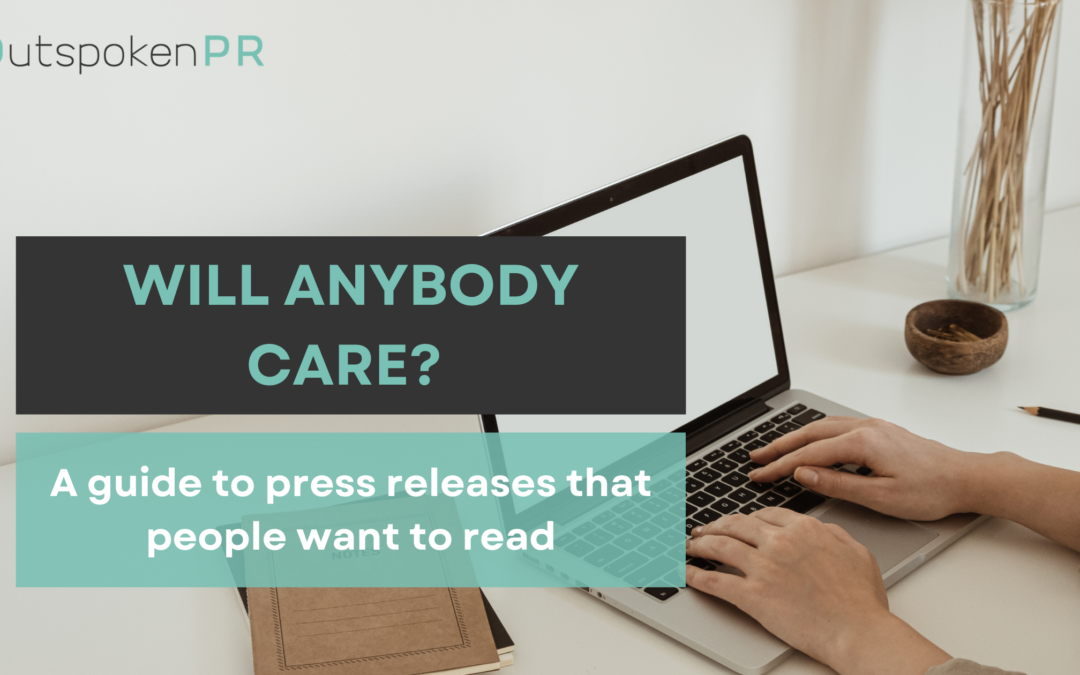Will anybody care?
A guide to press releases that people want to read
Writing a press release that captures attention and resonates within your industry is an art that combines clarity, precision, and strategic timing. Whether you’re announcing a groundbreaking product, a new partnership, or a company milestone the golden rule is to remember you are not writing for yourself or internal stakeholders but for the industry and the media. Will your press release pass their test? Here are some tips to help your press release make the cut.
-
Ensure newsworthiness
Before drafting your press release, take a step back and evaluate its newsworthiness. Ask yourself: is this truly news? Or is this a rehash (more politely “an angle”) on something that has already broke? If so, it’s not a press release. Also ask yourself, “Does it affect others in the industry?”, or does this only speak to my business and existing clients and partners? If so it’s material for a newsletter or email, not for the media.
-
Get the clippers ready and cut the fluff
Style is often about “less is more”; this is even more true when writing. Descriptive language such as unnecessary adjectives add no real value, dilutes your message, and wastes precious space. You risk drowning the facts in a lot of background fuzz, so ensure you are clear and upfront about the who, what, why, when and where. Readers should never have to dig for core information and if they have to, trust me, they won’t.
-
Golden quote
Journalists are desperate for a golden quote to use in their story; will you give it to them? Try and avoid churning out the usual bland confirmation of what you’ve already said in the release and, if your spokesperson allows it, push out the boat with a striking quote.
Also, favour quality over quantity with quotes; one impactful quote can elevate your press release; multiple quotes that don’t contribute meaningfully will weaken it.
-
Add a boilerplate
At the end of your press release do remember to include a boilerplate—this is a brief description of your company and its mission that usually comes under a header saying “About”. This should provide journalists with context and reinforce your organization’s authority in the industry. Don’t forget to include a link to your website so that reporters can easily access more information.
-
Get approvals and plan your timing
Before distributing your press release, make sure you’ve secured all necessary internal approvals. This step prevents miscommunications or potential reputational risks. Additionally, choose the timing of your release wisely to avoid releasing during times when significant industry events or holidays are happening. Your release risks getting buried under a pile of others while reporters visit a trade fair or are on their break. Also, trust your agency when it comes to ideal week days and times of day for distribution.
Finally, writing a press release is about more than just sharing news; it’s about making sure your message lands effectively. By ensuring newsworthiness, sticking to clear and concise language, including meaningful quotes, and distributing at the right time, you can cut through the noise and make your audience care about your message.

